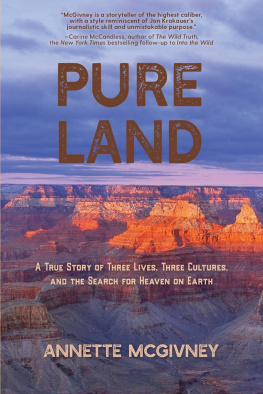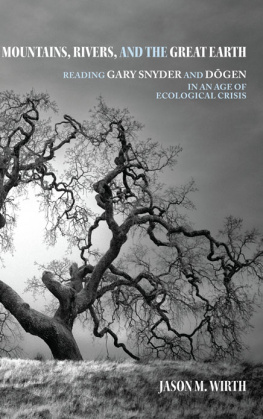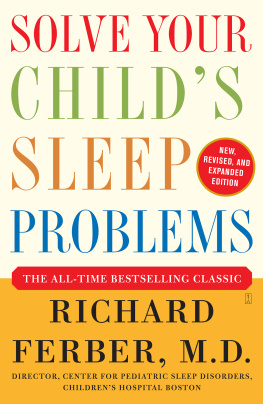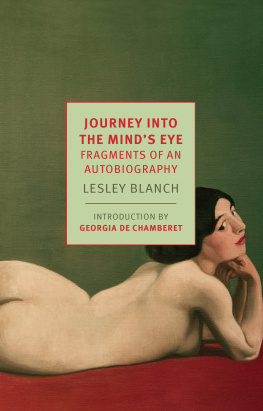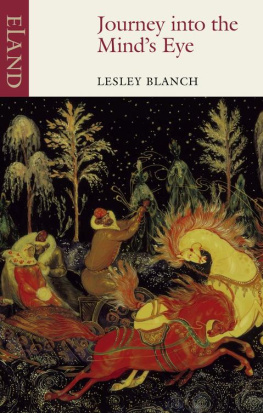Pure Land
A True Story of Three Lives, Three Cultures, and the Search for Heaven on Earth
Annette McGivney
AUXmedia
Detroit, Michigan
Pure Land: A True Story of Three Lives, Three Cultures, and the Search for Heaven on Earth
Copyright 2017 by Annette McGivney
All rights reserved. No part of this publication may be reproduced, stored in a retrieval system, or transmitted in any form, or by any means, electronic, mechanical, recording, photocopying or otherwise without the prior written permission of the publisher.
AUXmedia, a Division of AQUARIUS PRESS
Aquarius Press
20615 Fenkell, # 23096
Detroit, MI 48223
www.AUXmedia.studio
Cover photograph of Grand Canyon by James Kay
Kanji illustrations by Austin Frick
ISBN 978-0-9985278-8-8
ISBN 978-0-9992232-6-0 (e-book)
LCCN 2017952493
Printed in the United States of America
For my sisters, Elizabeth and Maria, with love
CONTENTS

Tomomi Hanamure and her dog, Blues, Muir Beach, California, January 2002


Prologue
Is this a crisis?
The woman at the reception desk of the Guidance Center in Flagstaff, Ariz. needed to know.
Yes! my friend Mary responded for me as she pushed paperwork my way. I could not read because my vision was blurry with tears and my hands were trembling so violently I struggled to hold a pen.
The Guidance Center was the only place in northern Arizona, besides the hospital emergency room, where a person could see a psychiatrist without an appointment made weeks in advance. But treatment was available only to those experiencing a full-blown mental breakdown that required immediate attention.
Yes, yes, yes, I whimpered, just to confirm the urgent nature of my visit. I was terrified. If I did not get help right there, right then, I believed I would lose my mind.
I was, I thought up until that day in July 2010, a pillar of unshakable mental health. At age 49, I was the rock that everyone else leaned on. I was the determined journalist, the family breadwinner, an attentive mother and caregiver for my parents with Alzheimers. I could pull late nights working to meet a story deadline and get up the next morning to make the perfect school lunch for my son. I could push myself, and then push harder.
But now something was very wrong with me. I had not slept even for one hour in the last 10 days and had collapsed in a sobbing heap in my doctors office that morning. The doctor, a general practitioner, said she could not help me.
Youve got to see a psychiatrist right away, she advised, handing me an address for the Guidance Center and asked her nurse to call someone to drive me there.
In the weeks prior to my sleeplessness, I had been shaken by nightmares. In these dreams someone was looming over me, killing me. There was no escape. Then I was a spirit floating over my body, bumping up against the windows and ceiling of a dark room. I would awake startled and gasping for air, part of me still stranded in the black fog of death.
For the first time in my life, my willpower was failing me. I had been working non-stop the past year and pouring much of myself into a story about a woman who was murdered in Grand Canyon. I reasoned that knowledge about her violent death, combined with all my other life stresses, must have pushed me to the breaking point and be the reason for the insomnia, the nightmares, the trembling and unchecked adrenaline surges. As Mary and I were ushered into a waiting room, I rehearsed in my head what I was going to tell the psychiatrist about why I was a mess.
We sat on a sinking plaid couch beneath blinding white fluorescent lights. The musty smell of the couch and old magazines filled my nostrils as I struggled to breathe between sobs. After 20 minutes, the psychiatrist knocked. He stepped into the room and stood there sizing me up as I sat holding Marys hand. I opened my mouth to utter my plausible excuses. But before I had a chance to speak, the psychiatrist asked me a question.
The crisis, what seemed like a nervous breakdown that I had been experiencing over the past few weeks, was just a warm-up to this moment. And in the darkness of my subconscious, I had been creeping toward this terrifying place for years, even decades, until finally being ushered to the brink by two strangers: Tomomi Hanamure and Randy Wescogame. Now it was time.
The question swung at me like a giant wrecking ball. Six words. Boom. My world was reduced to rubble.
Birth in the Pure Land is an event that takes place while we are still living in this life... A student asked a teacher, A bird freed from the cagewhat does he eat? The teacher replied, You come through the cage yourself, then I will tell you.
D.T. Suzuki
PART I

Hiking In
T he path to Havasu Falls begins at the edge of the Earth. Here, at the dead end of Indian Road 18, which is 80 miles from the closest gas station, the modern world is swallowed in one big gulp by the Grand Canyon. The trail cuts steeply down a series of switchbacks descending some 3,000 feet through colorful layers of geologic time. Then it rambles over a wide, dry wash and squeezes in between the narrowing walls of Havasu Canyon where the blue-green waters of Havasu Creek first bubble up from the red earth.
After eight miles, the trail reaches the Native American village of Supai on the Havasupai Reservation and follows the main road through town, past horse corrals, plywood shacks, a tribal community building, store, school and two-story tourist lodge. Located deep in the Grand Canyon, Supai is notoriously remote for a world-famous tourist destination; it has no paved roads, no cell phone service and can only be reached by foot, horseback or helicopter.
Just beyond the village, the path is lined with willow and cottonwood trees, following the meandering creek as it picks up velocity on its way to the Colorado River. Rushing waters crash through green thickets of willow and, suddenly, the trail emerges at Havasu Falls. The pulsing creek cascades 100 feet over travertine ledges into turquoise pools that are surrounded by fern-decked grottos. It is the most beautiful place in the Grand Canyon, if not the entire United States. The spot is often described as a Shangri-La in travel articles that feature spectacular photos of the falls and gushing descriptions of natural beauty. Some 25,000 tourists a year venture here, lured by the promise of a real life paradise.
On May 8, 2006, Tomomi Hanamure hiked the path to Havasu Falls. She went alone. She had traveled halfway around the world from her home in Japan for this trek. It was her 34th birthday and seeing the falls was going to be a birthday gift to herself. But she never made it. After a lodge cleaning woman found Tomomis bed untouched on May 9, a search crew discovered her body four days later along the creek in an eddy above the falls. It was submerged in the blue-green waters and riddled with 29 stab wounds.
~~~
My journey began where Tomomis ended. On Jan. 9, 2007, I found the hand-painted sign Supai, 8 miles at the corner of the dirt parking lot that marked the way down. On assignment for
Next page
